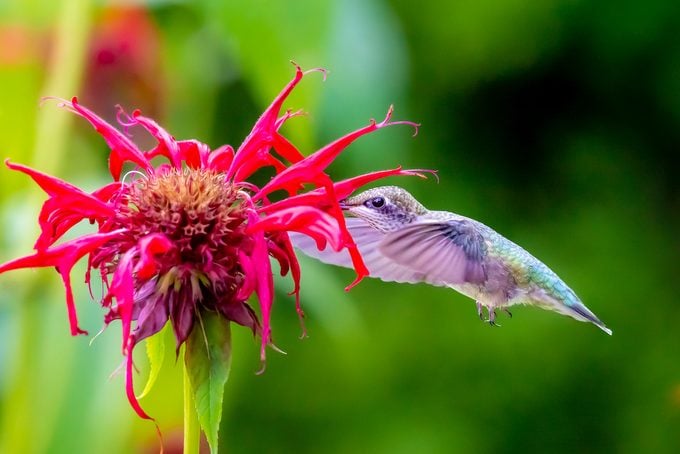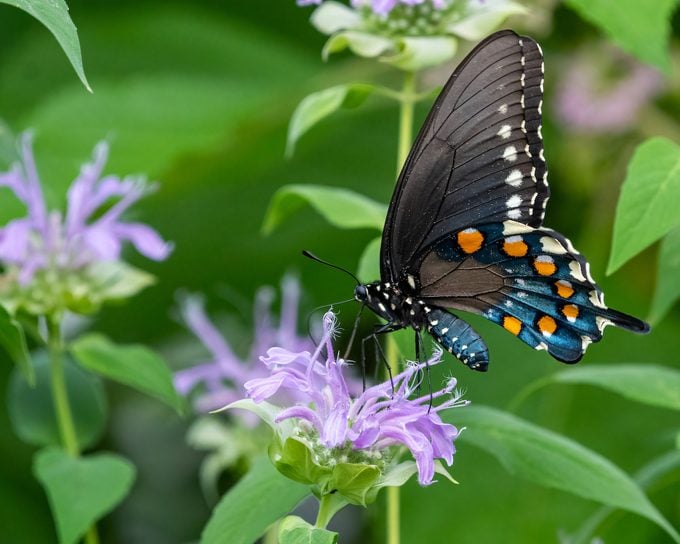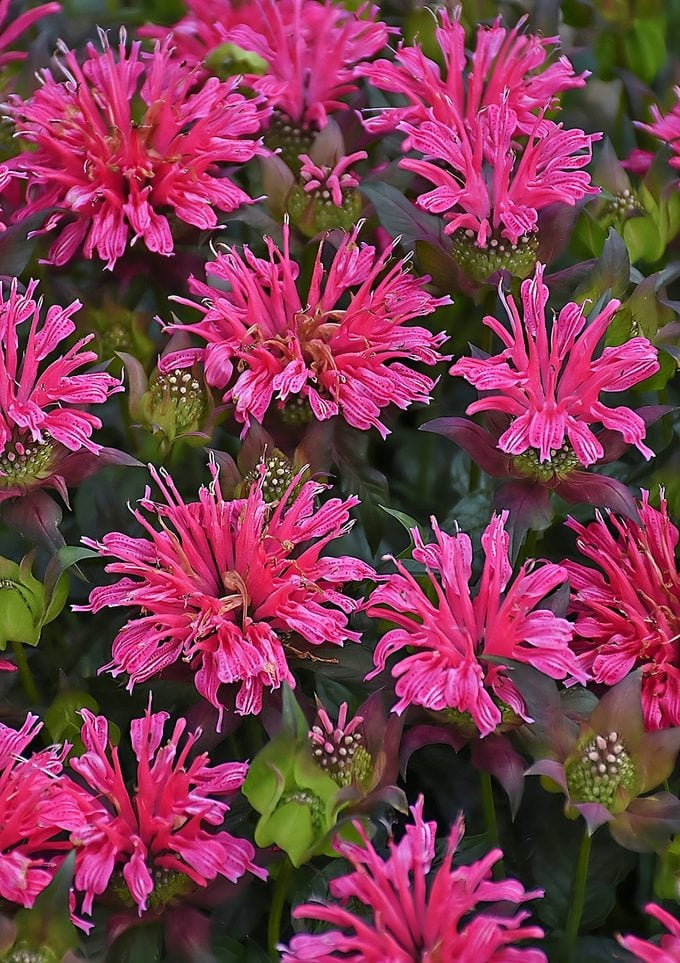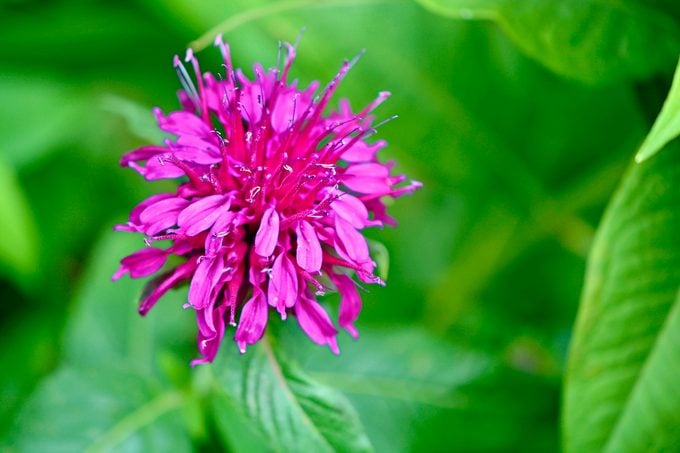Plant Bee Balm in Your Pollinator Garden
Updated: May 31, 2023
Discover the delightful benefits of bee balm plants. Find out why hummingbirds, songbirds, bees and butterflies love monarda flowers.
Benefits of Planting Bee Balm

This flower is a classic, timeless choice for a garden bustling with butterflies, bees, and birds. Native to North America, bee balm (Monarda spp., zones 4 to 9), is widely available in bright colors like red, blue, purple or pink. This perennial is in the mint family, and gardeners enjoy the minty citrus scent of the leaves, which may be used to make tea. The plant, sometimes known as bergamot, doesn’t generally fare well in humid southern climates, but it thrives everywhere else. It should be grown in part to full sun, in moist, well-draining soil.
Monarda plants typically show some level of deer resistance, which makes them an excellent option for home gardens. Hummingbirds adore the nectar! In fact, it is one of the best colorful flowers to grow for hummingbirds.

Deadheading is an option to keep the plant looking tidy, but if you’re gardening for birds, don’t—songbirds enjoy the seeds that appear after petals are spent.
Does Bee Balm Attract Bees?
Too big to access nectar through the tubular flowers, bumblebees and other beneficial insects create a tiny hole at the base for a sweet reward.
Create the perfect yard for pollinators with more of the best flowers to attract bees.
Bee Balm for Small Spaces

If you’re looking for a slightly smaller option to fit in a more compact space, try Pardon My Rose. Nectar-rich, intensely pink blooms make it a midsummer standout in borders and containers. Although 3 feet shorter than other bee balms, the flowers are full size, and minty-scented foliage makes the plant deer resistant.
- Pardon My Rose bee balm
- Monarda didyma, Zones 4 to 8
- Attracts: Birds, bees, butterflies
- Light needs: Part to full sun
- Size: 14 to 18 inches tall and 22 to 28 inches wide
- Soil needs: Moist, well-draining preferred but adapts to all soils
- Care tips: The plants are mildew resistant and low maintenance. Simply deadhead to keep them looking neat and tidy.
Ask The Experts: Flowers Not Blooming

“My bee balm bloomed beautifully for several years, but last summer only two or three flowers appeared. How can I bring it back?” —Birds & Blooms reader Rocklyn Miller
Horticultural expert Melinda Myers: Start by evaluating any changes in the growing conditions. A reduction in sunlight from new structures or growing trees may cause sun-loving bee balm to produce fewer flowers. If this is the case, move the plants to an area where they receive at least six hours of sunlight to maximize their flowering.
Otherwise, review your fertilization and watering practices. Too much high-nitrogen fertilizer and drought-like conditions can impede blooms. Avoid excess fertilization and be sure to water your bee balm thoroughly during dry periods.
Next, discover fragrant flowers that pollinators love.




















